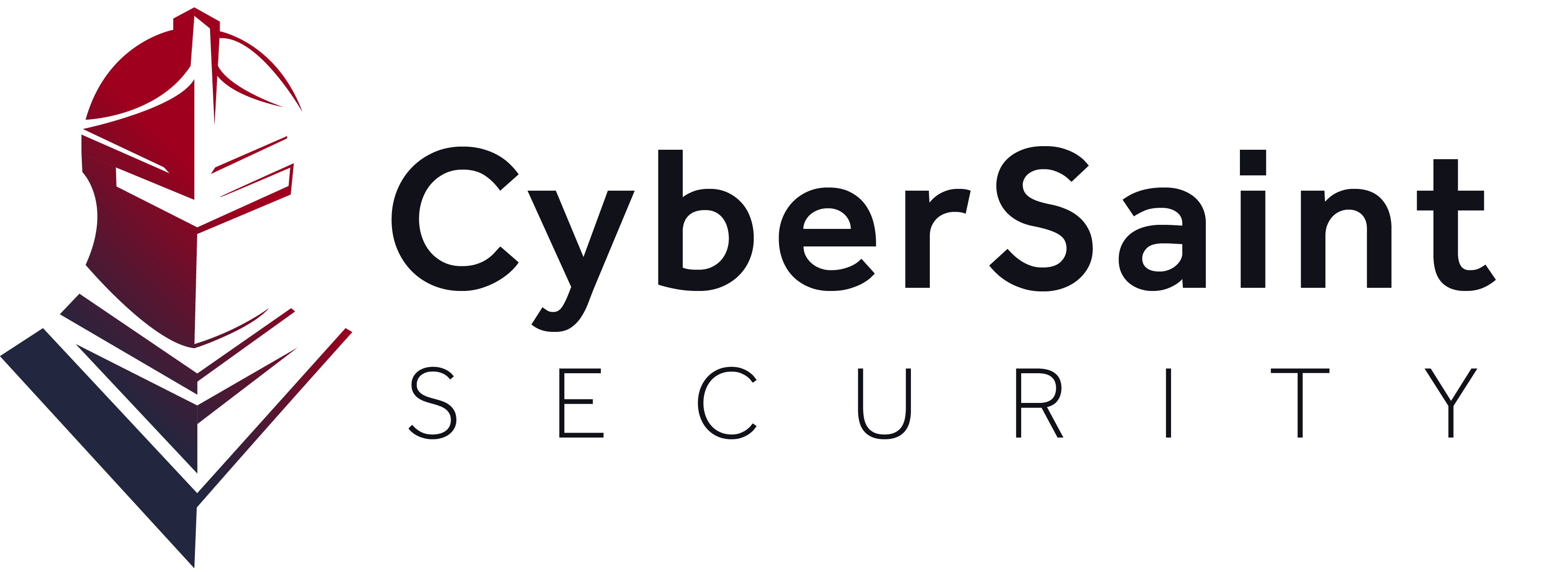Many industry regulations require or promote security risk assessments to bolster incident response, but what is a cyber security risk assessment? For example, cyber risk assessments aren't only required under HIPAA (Health Insurance Portability and Accountability Act). Still, they are also key in strengthening the IT team's and business leaders' confidence level and knowledge of where the organization is most vulnerable and what data is involved in higher-risk treatment environments. The ultimate goal? To better manage cybersecurity-related risks, which inevitably cover the entire organization, vendors, applications, and customer base in public and private sectors. Unsurprisingly, having this knowledge permeate your organization leads to practical cyber risk assessments and management.
The NIST RMF: Risk Management Framework
According to the National Institute of Standards and Technology (NIST), "The purpose of Special Publication 800-30 is to guide for conducting risk assessments of federal information systems and organizations, amplifying the guidance provided in NIST SP (Special Publication) 800-39. This information is also supplemented by NIST SP 800-37 and Special Publication 800-53. Special Publication 800-37 is the descriptor for the (Risk Management Framework); RMF is the disciplined, structured, and flexible process for managing security and risk management plans that include information security system categorization; control selection, implementation, and assessment; system operation and common control authorizations; and continuous monitoring. This document guides each of the three steps in the risk assessment process (i.e., prepare for the assessment, conduct the assessment, and maintain the assessment) and how risk assessments and other organizational risk management processes complement and inform each other." The NIST risk assessment guidelines are certainly ones to consider.
NIST Special Publications provide recommended requirements for protecting the confidentiality of controlled unclassified information (CUI). To comply with the Defense Federal Acquisition Regulation (DFARS), DOD contractors must implement the security requirements in NIST SP 800-171. DOD contracts will be awarded based on providing robust security controls to protect defense information from security incidents, according to the NIST SP 800-171 DOD assessment.
Below are some cyber risk management strategies derived from NIST risk assessment steps and best practices. CyberStrong streamlines your organization's assessment process for all your regulatory or voluntary frameworks, giving visibility into the NIST Risk Management Framework and internal and external organizational processes (Learn More Here). Below are some key tips when planning and conducting your company's first or next cybersecurity risk assessment.
- Prepare For Your Risk Assessment
According to NIST 800-30, organizations implement the cybersecurity risk management strategy to effectively prepare for risk assessments. The following tasks are critical to performing a thorough risk assessment according to the special publication:
- Identify the purpose of the assessment;
- Identify the scope of the assessment;
- Identify the assumptions and constraints associated with the assessment;
- Identify the sources of information to be used as inputs to the assessment; and
- Identify the risk model and analytic approaches (i.e., assessment and analysis approaches) to be employed during the assessment.
- Scope Your Entire Organization
To perform a practical security risk analysis, you must incorporate the entire organization to assess where there are potential risks and identify threats and vulnerabilities to sensitive digital assets, whether yours or your customers. CyberStrong allows you to immediately implement NIST 800-30 methodology and quickly scope your entire organization, whether assessing a single location, hundreds of applications, or vendors. The NIST special publication 800-30 describes this as "Identify(ing) the scope of the risk assessment in terms of organizational applicability, time frame supported, and architectural/technology considerations."
This NIST assessment methodology is the most credible risk assessment guidance and is the backbone of CyberStrong's risk management offering. U.S. federal agencies and commercial enterprises use this risk-based methodology for risk assessment scoring and management.
- Implement an Evolving Risk Assessment, Because Once Is Not Enough
An organization’s entire process for managing risk should be reviewed regularly and changed as new technologies are introduced into the company or organization. New technologies could affect where sensitive information is stored, and as more tools are integrated into the organization's processes, there is a greater risk of data breaches.
IT systems are continually being updated; software applications are being replaced and updated with newer versions. The human aspect is also changing, putting weight on training new personnel with evolving security policies that affect existing employees. New medium or high risks will surface, and risks previously mitigated may be reborn into new vulnerabilities. Your risk management process must be ongoing and evolving to combat new and existing identified cyber threats and cyber-attacks.
- Share The Information With Your Stakeholders
According to the publication, “the risk assessment process entails ongoing communications and information sharing between those personnel performing assessment activities, subject matter experts, and key organizational stakeholders (e.g., mission/business owners, risk executive [function], chief information security officers, information system owners/program managers).”
Sharing your cyber security risk assessment helps ensure that the inputs put into the risk assessments are as accurate and credible as possible. Intermediate results can be used to support other basic assessments in other areas of the organization, inform business objectives, and ensure that results are meaningful, resulting in accurate remediation plans and informed decisions to make your organization more secure.
- Make Your Risk Assessment Adaptive, Understood, and Actionable
In the past, it's been challenging to bring agility and tribal knowledge to cyber and cyber risk management. The CyberStrong Platform not only streamlines any framework or standard (NIST Cybersecurity Framework, NIST 800-30, PCI DSS, HIPAA, NERC, ISO, and any other frameworks, custom or regulatory) but the platform also allows you to credibly report enterprise-level risk for each control on even the most complex risk environments and cybersecurity threats.
CyberStrong prioritizes risk mitigation decisions based on real data, using your risk profile to surface new mitigation opportunities with a high investment return for your specific organization. Quickly assess your organization for credible cyber security risk management based on the proven NIST Risk Management Framework.
Conduct risk assessments with cybersecurity frameworks against all compliance standards, or to learn more about information security risk management guidelines, download our report.











